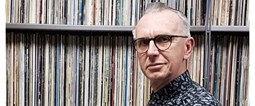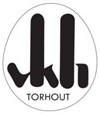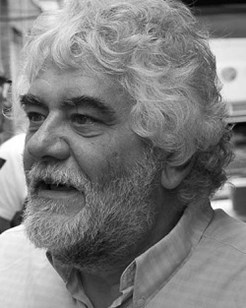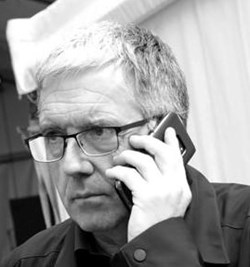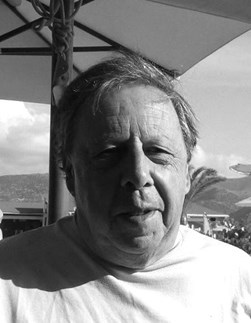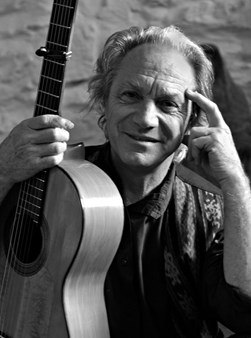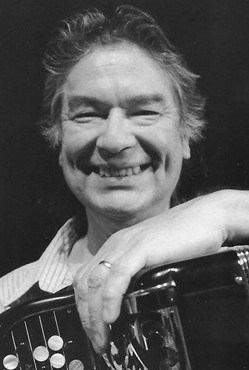Tor Yttredal/Roberto Bonati - Some Red Some Yellow

T
Parma Frontiere PF-CD010
When a double-bass sounds like a saxophone sometimes, and a saxophone sounds like a double bass from time to time, when those instruments melt into each other or echoing each other as for example in “La Venexiana”, then two equal musicians are at work playing their instruments freed from standard roles and formats. They are then able both to trigger appealing confluence of their very own voices and choices. The musicians here are reeds-player Tor Yttredal (°1962) from Stavanger, Norway, and bassist Roberto Bonati (°1959) from Parma, Italy, musicians that both have left strong marks in their respective fields.
As attractive as confluence might be, crucial is the magnetic transition out of the richness and distinctiveness of other states. Yttredal and Bonati here depart from a wider scale of pre-conceived motivic nuclei leading into a musical scenery manifold in character, temperament, temperature and dynamics. In the 15 pieces, ranging from one and half minute to seven minutes, the free exploration of sound making is confined by frames set by those nuclei. Titles as “Bar To Bar”, “Invocato”, “Bouncing”, “Strokes” or “Question Marks” reflect that. Especially the title piece “Some Red Some Yellow” alluding to the autumnal colors on the Italian countryside where the album was conceived, has fine transitional qualities.
There are plenty moments of inventive independent, contrapuntal and echoing moments on the album. The nuclei allow both musicians to depart in different directions but also to find and meet each other at unpredictable cross points as confluence for a reason. These piece-by-piece frames provide a structure to open up for effects of specific (extended) techniques in daring and winged extensions within each piece. It turns out as a generative model allowing that all unfolds in remarkable economy, purity and serenity leading into plenty pleasant surprise. The album has an astonishing architecture beyond solemn trancing flow and wildly proliferating, frenetic improvisational rides. It is the well-waged and well-felt interplay of the mentioned elements that makes it such a fine and strong album.
Significant rhythm patterns serve as backbone, melodies emerge or hover in suggestive way while the manifold colors of both musician’s instruments get entangled in beautiful economic as well as dramatic interplay. Bonati uses a great variety of pizzicato, arco and percussive means on his double bass, while Yttredal has the color palette of four instruments at his disposal: soprano and tenor sax, bass clarinet and flute. He uses it in such sophisticated ways that change of instrument initially even can go unnoticed by listeners. Especially Yttredal’s flute playing including excellent multi-phonics, is just superb here.
My personal favorites are the wonderful atmospheric “Night Village”, the rain music of “Come pioggia nel mattino silente” and the fascinating “Canto antico”, where the spirits of Renaissance and {{Garbarek}} meet and merge. The latter two pieces are interspersed with trickling electronics/field recordings by Stavanger musician John Derek Bishop aka Tortusa. It is pouring in almost unnoticeable and locatable giving the music a lightly otherworldly touch.
Oscillating between ‘bound’ and ‘free’, Yttredal and Bonati uncover common ground from and across differing cultural traits and deliver a lively opus of wondrous playfulness, cultural inscriptions and great Stimmigkeit (coerenza/sammenheng/coherence).
© Henning Bolte
Line up:
Tor Yttreda: sax soprano, tenor, bass clarinet, flute
Roberto Bonati: double bass
https://edizioniarteimmagine.it/prodotto/some-red-some-yellow/

